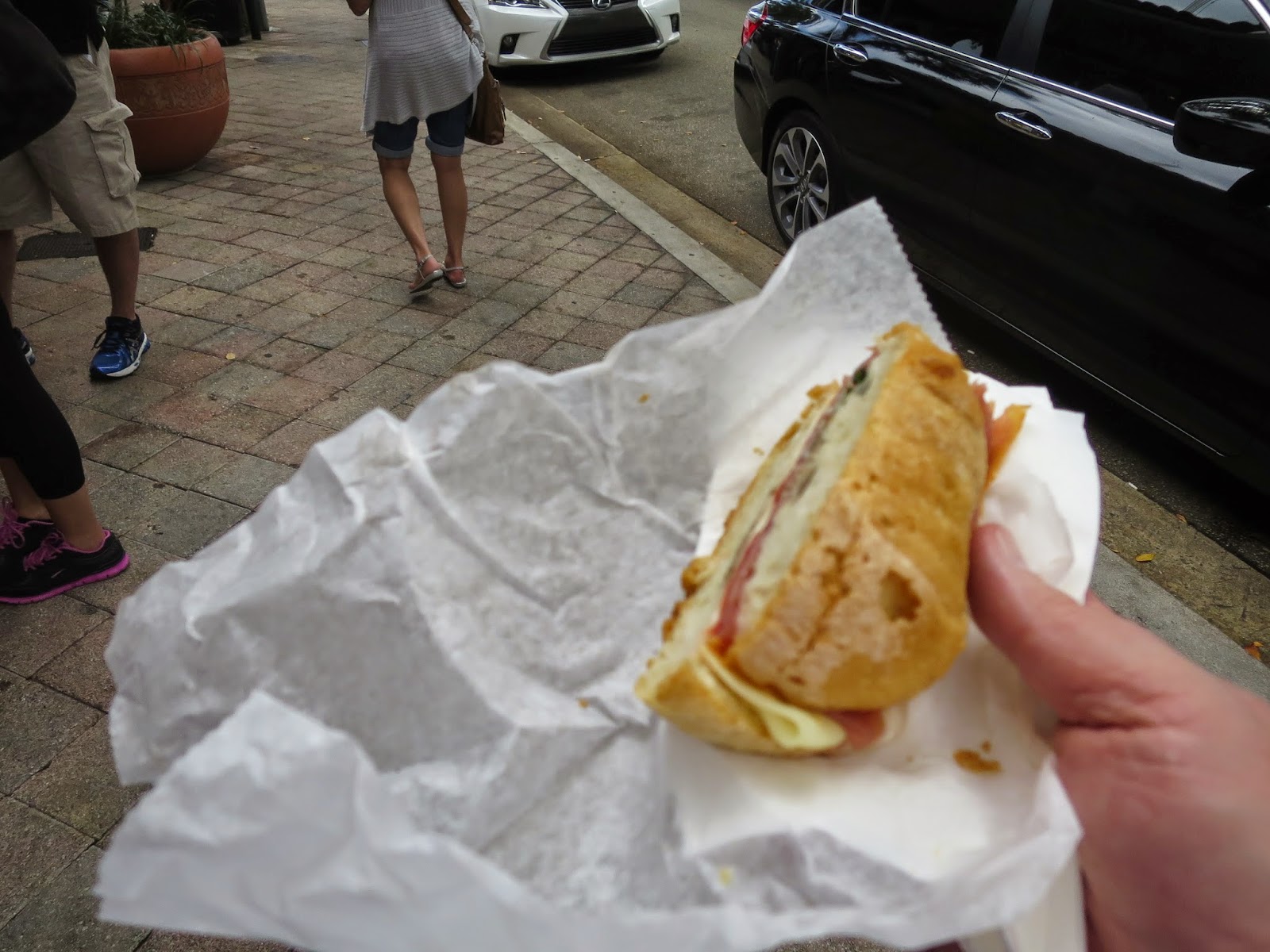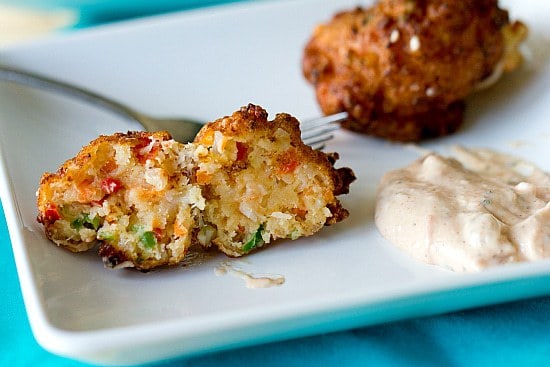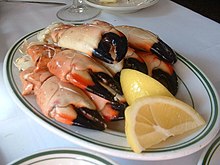This past weekend I participated in a cooking class sponsored by Sur la table. The course was titled, Healthy Mediterranean Cooking. I learned a lot in those two and a half hours as we prepared foods like Quinoa Tabbouleh and Grilled Prawns with Chermoula. But more than just the specific cooking instructions I began to understand the basis of the Mediterranean cuisine. It is primarily plant based, relying on ancient grains, fruits, vegetables, legumes, nuts and seeds. Foods are seasoned with herbs and spices and citrus juices, not salt and sugar. Cooking is done not with solid fats like butter and margarine that are high in saturated and trans fats, but with olive oil. Lean proteins found in fish are consumed twice a week while red meat is uncommon, perhaps eaten only on special occasions. Eggs, dairy, and poultry are a regular part of the diet but only in smaller portions. And desserts almost always include fruit, or can be just the fruit itself.
Moreover, the meal in a Mediterranean household is a social event, consumed at leisure with family and friends. "One of the basic tenets is the enjoyment of food, and respect and pleasure of food." So says Nicki Heverling, program manager for the Mediterranean Foods Alliance. "When you're in the Mediterranean, your meals are three hours and you savor your food."
It's no wonder that life expectancy in Mediterranean countries is among the highest in the world.
Tomorrow, an insight into Mediterranean cuisine and their food pyramid.



































